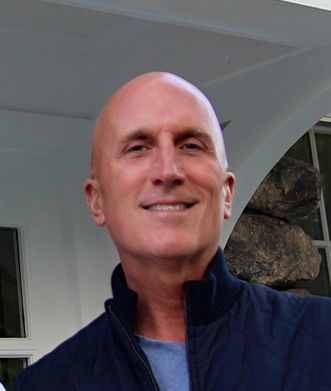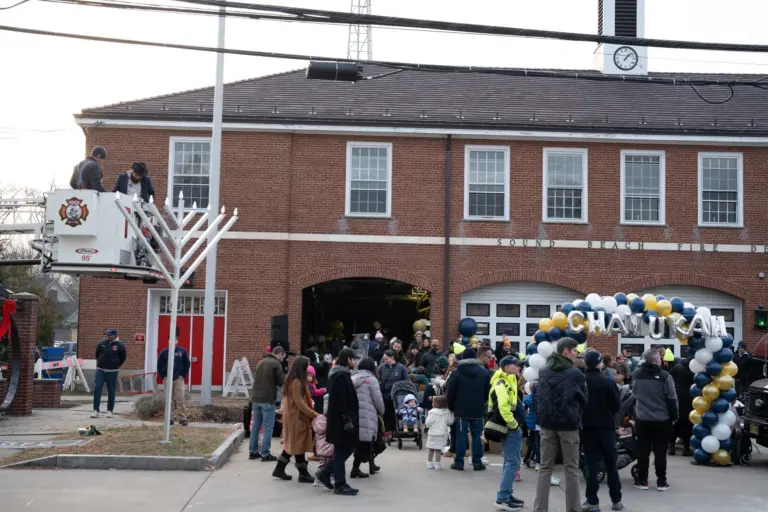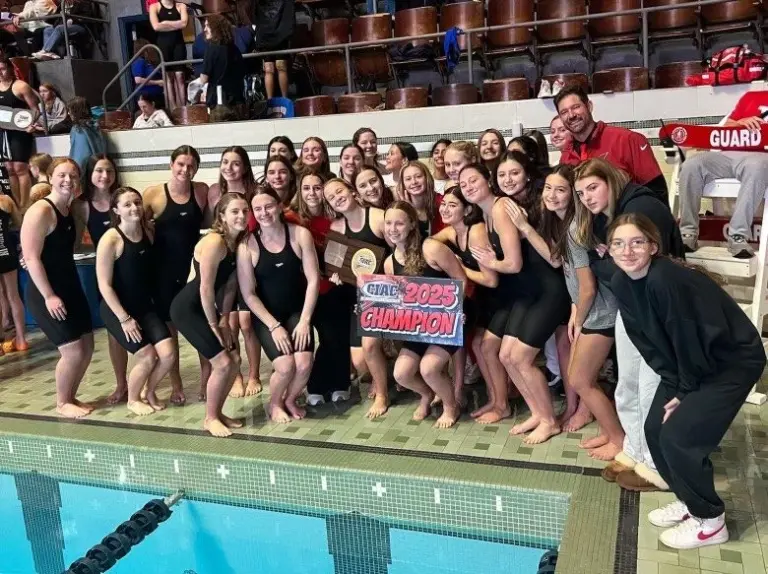 By: Chris Franco
By: Chris Franco
Something exciting, forward-looking and hopeful is happening in October right in the heart of downtown Greenwich. The Bruce Museum, our own cultural “gem” which focuses on both the arts and science, is beginning construction on what will become the “New Bruce”. The New Bruce is being called a “reimagining” of our beloved local Museum, and will be double the size of the existing Museum. It will add state-of-the-art exhibition, education and community spaces that will allow the art and science collections to be featured in spacious, modern galleries. The Museum will ultimately be completely renovated and rebuilt, and in addition to the new galleries it will include a new museum store, lecture hall, restaurant with indoor and outdoor seating and flexible spaces that can be rented and used by the community. The Museum will become a much more accessible campus, and will also feature a new sculpture garden that will include beautiful landscaped spaces that will connect the Museum with the surrounding Bruce Park.
The centerpiece of the New Bruce and the most visible change for our community will be the architecturally-thrilling new contemporary William L. Richter Art Wing and Steven & Alexandra Cohen Education Wing, which will transform the look and functionality of the Museum. The redesign of the New Bruce is being led by New Orleans-based architectural firm Eskew+Dumez+Ripple, which is an award-wining firm that specializes in museum design, along with E+D+R partners Reed Hilderbrand Architects and M. Goodwin Museum Planning, Inc. The E+D+R team has designed a beautiful new facility for the New Bruce, and has proven to be a wonderful choice for such an important commission.
The road to this great “reimagining” began a decade ago, when the Bruce’s Board of Trustees and then-Executive Director Peter Sutton selected Board members Bob Lawrence and Bob Goergan to head an architectural selection committee and organize a design competition to select an architectural firm to design the New Bruce. Back in 2013 – which right now seems like a lifetime ago – I had the honor and pleasure of serving on the design competition selection committee. I have a long history with the Bruce, having first visited the Museum as a Greenwich public school student in the 1960s. I vividly recall climbing the winding steps of the “tower” with my schoolmates, and arriving at the summit to visit the big talking parrot and the caged monkey, both of which resided in the turret room. And while I had served on architectural review committees in the past, I had never participated in a design competition, which is something quite different. I learned that design competitions are increasingly used to award important commissions such as the New Bruce, and that rather than judging architectural firms and designs based solely on aesthetic merits, a design competition involves bringing a more holistic approach to the selection process.
The selection process was fascinating. The first step for the Bruce was to retain a “Leader” to run the competition. Reed Kroloff, former editor of Architecture magazine and an expert in running design competitions, was chosen for the job. The first thing that Kroloff did, even before the committee was chosen, was to work with the Bruce to establish the competition entry rules and guidelines, the Bruce’s programmatic goals, and a schedule around critical deadlines and milestones. Another early responsibility was to publicize the competition to encourage top firms to participate. From Kroloff’s initial list of 30 top design firms, the field was narrowed to 16, and then narrowed again to seven. Ultimately, only three firms made the “shortlist” and were invited to submit designs and make presentations for the New Bruce to the selection committee.
The next step was to assemble a committee of board trustees, patrons, architects and other community members to act as a jury or judging panel. The goal in assembling a selection committee is to have a balanced group with a mix of technical, design, community or educational perspectives, and the New Bruce selection committee embodied each of those characteristics. While Kroloff was doing his early legwork, Bob Lawrence and his wife Gail, and several others on the selection committee, toured the country and visited a number of America’s finest museums. The selection committee ultimately came together and met on the Bruce campus. The highlight of the committee’s work was the presentations of the different designs, which were made in-person by teams representing each firm. Each team traveled to Greenwich to present, and Kroloff navigated the committee through the evaluation of the design presentations.
All of the designs were beautiful, but the selection committee was most impressed by, and ultimately chose, the design team led by Eskew+Dumez+Ripple, working in collaboration with Reed Hilderbrand Architects for landscape design, and M. Goodwin Museum Planning, Inc. The E+D+R team’s in-person presentation was led by E+D+R’s founder, Allen Eskew, who managed a brilliant presentation and explained the E+D+R team’s design approach for the Bruce. The E+D+R design is dramatic, sleek and substantial, constructed of stone and glass, and, as E+D+R explained, was “inspired by our experience exploring granite quarries in Guilford and Stony Creek along the Connecticut coast…conceived as a stone monolith that is carved and excavated to create a monument that celebrates the geology of the site and its impact in shaping the culture of Connecticut.”
The E+D+R team have done a fantastic job since winning the design competition, notwithstanding a significant and sad setback that occurred shortly after winning the competition for the New Bruce. In December 2013, at the age of just 65, Allen Eskew died suddenly of a heart attack. Not only had the E+D+R team just won the Bruce competition, but just months after his death the American Institute of Architects named Eskew+Dumez+Ripple as the 2014 winner of the Architecture Firm Award, the highest honor that the AIA awards a firm each year.
The Bruce chose to stick with the E+D+R team, notwithstanding the loss of leader Allen Eskew, who had impressed the selection committee so much. This was a wise decision, and will undoubtedly be deeply appreciated as the New Bruce rises out of the hillside that it occupies on the edge of Bruce Park. Bob Lawrence summed it up nicely, stating, “The result will be just beautiful, and it is wonderful that work on the new wings is getting underway.” The New Bruce will be a spectacular and amazing resource for our town and region, and will undoubtedly be enjoyed for years to come by Greenwich residents, and especially by our Greenwich school children that have been enjoying the Bruce Museum for many decades.




